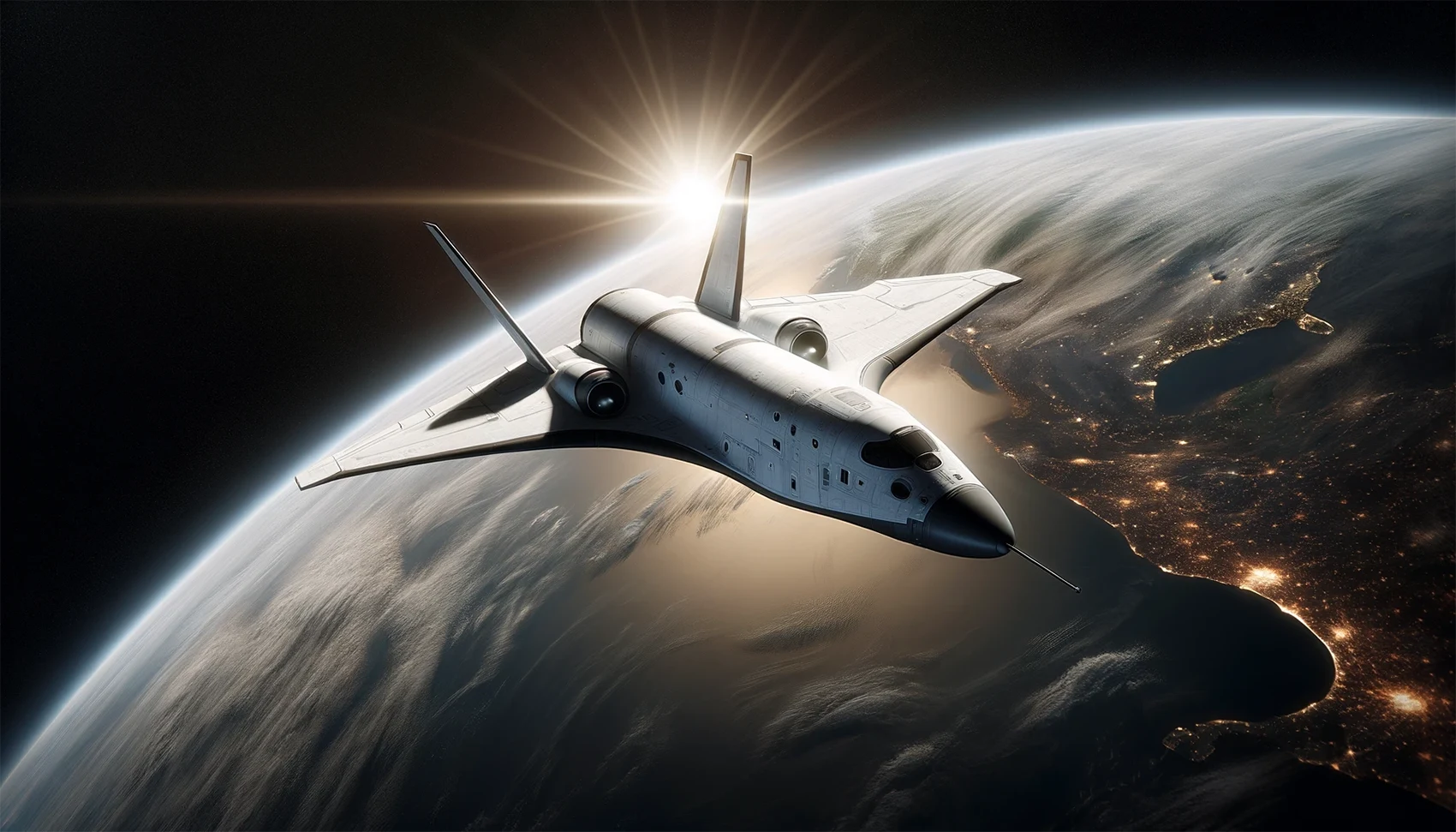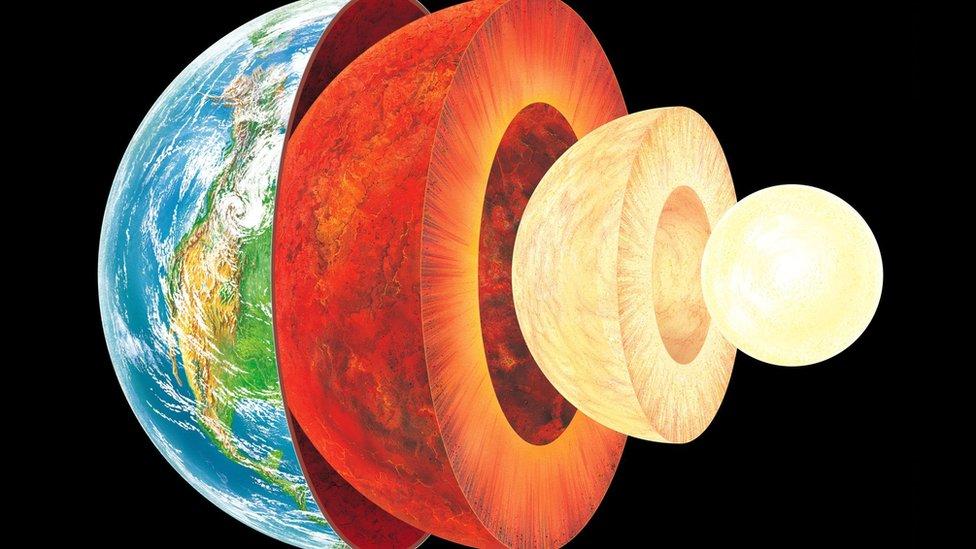An unmanned space plane will be launched soon X-37BPowered by US Space ForceScheduled from December 28 Kennedy Space Center of Pot In Florida.
He X-37BA strategic vector in the global space race and its subsequent deployment
He X-37BAn advanced drone US Space Force, gearing up for a new mission this December 28 within a four-hour launch window starting at 7:00 a.m. ET. The launch represents the fourth attempt at the mission, which has faced previous delays due to adverse weather conditions and underground technical problems. Originally scheduled for December 7th on Rocket Falcon Heavy of SpaceXA series of postponements were met, illustrating the challenges inherent in operations of this scale.
Planning to leave in December X-37B They coincide tentatively with China's recent launch of a similar space plane. Briefly described by China as a “reusable test spacecraft,” the development demonstrates an intriguing parallel in the two powers' tactical space capabilities. General Chance SaltzmanProminent figure Space Force And the head of the military's space operations stood out Space Energy Conference of Space Force Association The strategic importance of these artifacts underscores the mutual intensive surveillance of these ships in orbit.

The mission called “OTV-7” was not only to evaluate its operational capabilities. X-37B, but also serves as a platform for many scientific experiments. Among them, a plan Pot Investigating the effects of radiation on plant seeds during “long-duration space flights.” It is noteworthy that this publication is published for the first time X-37B Propelled by a rocket Falcon Heavy of SpaceXIn contrast to the previous use of the rocket Atlas v And in one case Hawk 9.
Strategic implications of long-term deployment X-37B in space
return X-37B It is not scheduled for the 2024 calendar year and may extend beyond 2025, following the trend of previous missions that have gradually increased their duration over the past three years. This pattern represents a deliberate strategy Space Force US to increase use of spacecraft and data collection. Despite reluctance to disclose specific details of operations and capabilities X-37BThe relative transparency of the launch is visible through transmission SpaceXThis contrasts with the traditional Hermeticism surrounding this type of work.


This technical analysis highlights its relevance X-37B Against the backdrop of growing space competition, marked by developments and maneuvers by global actors such as the US and China. The “OTV-7” mission is not only a demonstration of US technological capabilities and space ambition, but also an important element in space power and surveillance dynamics. Using the ship for scientific experiments adds a layer of complexity to its role, linking research and military strategy into one vector.
Finally, launch and subsequent operation X-37B They constitute an important aspect of contemporary spatial geopolitics. The mission underscores the importance of technological superiority and the ability to conduct long-duration missions in orbit, critical elements in the US military's defense strategy and power projection in the new space theater.
The X-37B is scheduled to lift off from NASA's Kennedy Space Center in Florida on Dec. 28 in a four-hour launch window at 7 p.m.
The launch faced delays due to adverse weather and technical issues on the ground, marking the fourth attempt after successive postponements.
The launch of the X-37B coincides with the launch of a similar spacecraft by China, demonstrating an intriguing parallel in the two powers' tactical space capabilities.
The X-37B “OTV-7” mission is not expected to return before 2024, and may extend beyond 2025, gradually increasing the trend of previous missions.
The X-37B's extended deployment reflects the U.S. Space Force's planned strategy to increase utility and data collection, highlighting its importance in the global space race and space surveillance and power dynamics.



:quality(85)/cloudfront-us-east-1.images.arcpublishing.com/infobae/4E6JSNF2KNBQTM4CWRLNZGI2AE.png)

